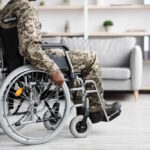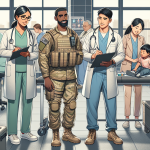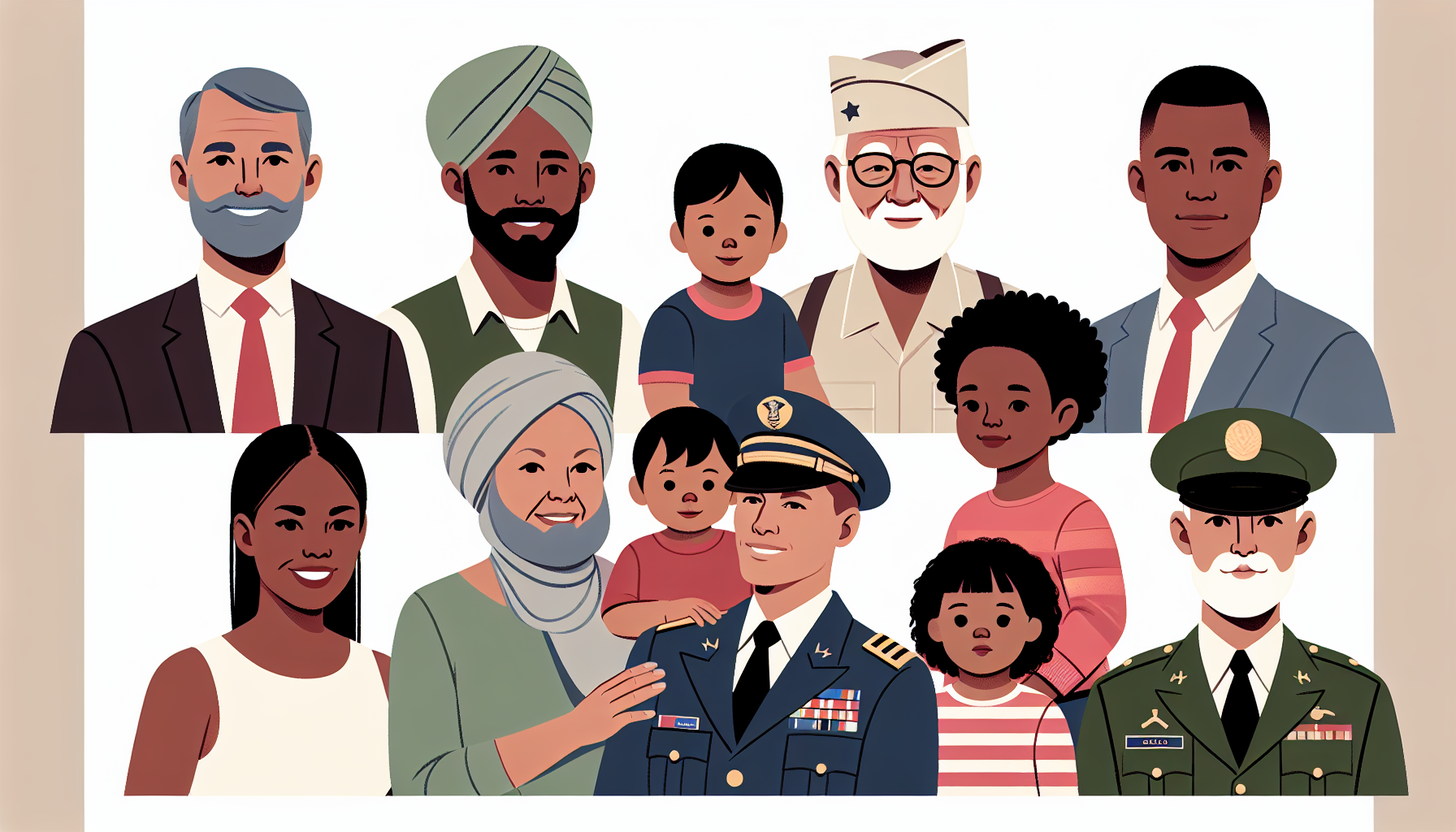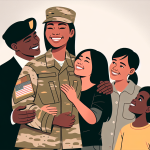Definition
Alopecia refers to the medical condition in which individuals experience hair loss or baldness, often occurring on the scalp but can also affect other parts of the body. This term is used within the context of VA benefits to determine disability compensation for veterans affected by this condition. It can result from various causes such as genetics, medical treatments, or skin disorders.
Key Takeaways
- Alopecia is a medical condition that results in hair loss or baldness, which can affect individuals of any age and gender.
- Depending on the severity and cause of the condition, alopecia may be covered under the VA benefits as a service-connected disability for eligible veterans.
- Veterans who are diagnosed with alopecia due to military service, exposure to hazardous substances, or treatments for other service-connected conditions can apply for disability compensation and treatment through the Department of Veterans Affairs (VA).
Importance
The term “Alopecia” holds significance in relation to VA benefits primarily because it is a medical condition that U.S.
veterans may develop as a result of their military service.
Alopecia refers to hair loss caused by various factors, such as genetic predisposition, autoimmune disorders, or as side effects of medications or treatments, possibly linked to service-related health conditions.
Understanding and recognizing Alopecia is important because it allows the Department of Veterans Affairs to evaluate and provide necessary assistance through disability compensation, healthcare, and other support services.
This highlights the commitment of the VA to address, and aid veterans experiencing various health concerns as they transition to civilian life, ensuring adequate care for their overall well-being.
Explanation
The VA benefits term Alopecia is often related to various forms of hair loss experienced by veterans during or after their military service. Hair loss can be a result of various factors such as stress, aging, medications, genetics, and medical conditions.
In specific cases, hair loss can also be triggered by exposure to certain environmental factors during military service, leading to Alopecia being considered a service-connected condition. The VA recognizes Alopecia as an impairment that may have an impact on the veteran’s quality of life and employability, and as a result, provides benefits and compensations to those diagnosed with the condition as a service-connected disability.
The purpose of including Alopecia in VA benefits is to provide financial assistance, healthcare services, and support to veterans who may have developed the condition due to their military service. The VA benefits for Alopecia aim to mitigate the effects of hair loss on the veteran’s emotional wellbeing, mental health, and self-esteem, as well as support them in managing the symptoms and seeking necessary treatment.
Compensation for Alopecia can include disability payments based on the severity of the condition, access to specialized healthcare, and allowances for further medical evaluation and treatment. By acknowledging Alopecia within VA benefits framework, the department ensures that affected veterans receive the appropriate care and assistance they need to lead a better quality of life.
Examples of Alopecia
Alopecia is a medical condition in which hair is lost from some or all areas of the body, typically from the scalp. Though the term “Alopecia” is not specific to the Veterans Affairs (VA) Benefits, it can be associated with disability claims for veterans. Here are three examples related to Alopecia in veterans:
Service-Connected Disability Claim: A veteran who has experienced hair loss due to an injury, exposure to chemicals, or a traumatic event during active military service could be eligible for VA benefits. In this case, the veteran can file a claim for service-connected disability compensation based on Alopecia as a result of their military service experiences.
Secondary Disability Claim: If a veteran develops Alopecia as a secondary condition due to a primary service-connected disability, they can file a secondary disability claim. For example, a veteran with PTSD may develop Alopecia due to the stress and anxiety related to their primary disability. In this case, the veteran could file a secondary VA disability claim for the Alopecia as it is related to their PTSD.
VA Healthcare Benefits: Veterans diagnosed with Alopecia may seek medical treatment through the VA healthcare system. They can receive support for their condition, which may include dermatological treatments, medications, and guidance on managing and coping with hair loss. Access to these healthcare services may be helpful in alleviating some of the physical and psychological challenges linked to Alopecia.
FAQs on Alopecia and VA Benefits
1. Can I receive VA benefits for alopecia?
Yes, veterans suffering from alopecia in connection with their military service may be eligible to receive VA benefits, including disability compensation, healthcare, and other supportive services.
2. How does the VA determine eligibility for alopecia benefits?
The VA determines eligibility for alopecia benefits based on the severity of the condition, its impact on the veteran’s life, and the evidence linking it to military service. The veteran must establish service connection for alopecia, either through direct service connection, presumptive service connection, or secondary service connection.
3. What documents should I provide to support my claim for alopecia VA benefits?
When filing a claim for VA benefits, it is essential to provide necessary evidence that supports the claim, such as service treatment records, VA medical records, private medical records, a current medical diagnosis, and a statement from a medical professional linking the condition to military service. Additionally, any information on incidents or exposures during service that may have caused or aggravated alopecia should be provided.
4. Can I receive a disability rating for alopecia?
Yes, the VA rates alopecia using the VA Schedule for Rating Disabilities (VASRD). The rating will be based on the severity of the hair loss and its impact on daily functioning. The higher the disability rating, the greater the benefits and support provided by the VA.
5. What if my claim for alopecia VA benefits is denied?
If your claim is denied, you have the right to appeal the decision. You may submit new evidence and request a reconsideration of your claim. It is often helpful to consult with a Veterans Service Organization or obtain legal representation to guide you through the appeals process.
Related VA Benefit Terms
- Veterans Health Administration (VHA)
- Service-Connected Disability
- Disability Compensation
- Medical Evaluation
- Hair Loss Treatment
Sources for More Information
- U.S. Department of Veterans Affairs
- National Alopecia Areata Foundation (NAAF)
- American Hair Loss Association
- Alopecia UK
 Benefits.com Advisors
Benefits.com Advisors
With expertise spanning local, state, and federal benefit programs, our team is dedicated to guiding individuals towards the perfect program tailored to their unique circumstances.
Rise to the top with Peak Benefits!
Join our Peak Benefits Newsletter for the latest news, resources, and offers on all things government benefits.





























